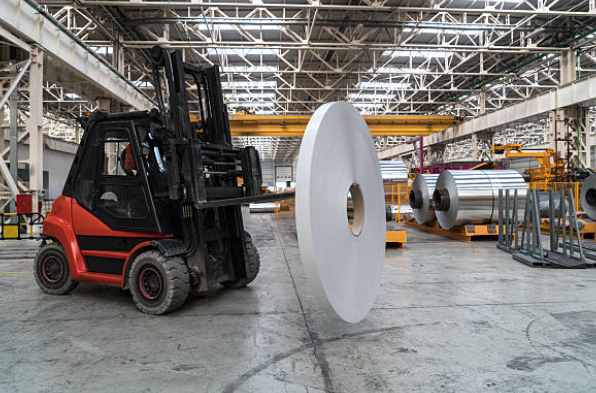
Posted on Wednesday, October 9, 2024
Roll forming is a highly efficient manufacturing process that relies on the use of metal coils. However, various challenges can arise with these coils that may hinder production efficiency. Here, we identify some common issues and provide solutions to help roll formers address them effectively.
Issue: Coil breaks can occur due to excessive tension, improper coil handling, or defects in the coil itself. Breaks lead to costly downtime and can disrupt the entire production line.
Solutions:
Issue: Variations in coil thickness can lead to inconsistent product quality and may require adjustments in the roll forming setup, causing production delays.
Solutions:
Issue: When using multiple coils in succession, splicing can lead to alignment problems, causing defects in the finished product.
Solutions:
Issue: Misalignment of coils can result in poor product quality and increased wear on machinery.
Solutions:
Issue: Poorly wrapped or packaged coils can lead to damage during transport or storage, impacting quality.
Solutions:
Addressing common challenges with metal coils in roll forming is crucial for maintaining production efficiency and product quality. By implementing preventive measures and solutions outlined above, roll formers can minimize downtime and ensure a smoother, more efficient manufacturing process. Regular training, quality control, and effective communication with suppliers are key to overcoming these challenges and achieving operational success.

Most Popular Roll Forming Machines in the United Kingdom
Posted on Thursday, December 11, 2025
This blog breaks down the five most in-demand roll forming machines in the UK

Can I Finance a Roll Forming Machine?
Posted on Thursday, December 11, 2025
Financing a roll forming machine is easier than most buyers think. Here’s how leases, loans, and payment plans make production affordable.

Roll Forming Machines for Sale in the UK: What Buyers Need to Know Before Purchasing
Posted on Thursday, December 11, 2025
This complete guide explains everything UK buyers must know before purchasing, including machine types, voltage requirements, CE/UKCA compliance

Roll Forming Machines for Sale in the USA: What Buyers Need to Know Before Purchasing
Posted on Wednesday, December 10, 2025
This guide explains everything U.S. buyers need to know before purchasing a roll forming machine, including machine types, pricing, voltage
Copyright 2026 © Machine Matcher.